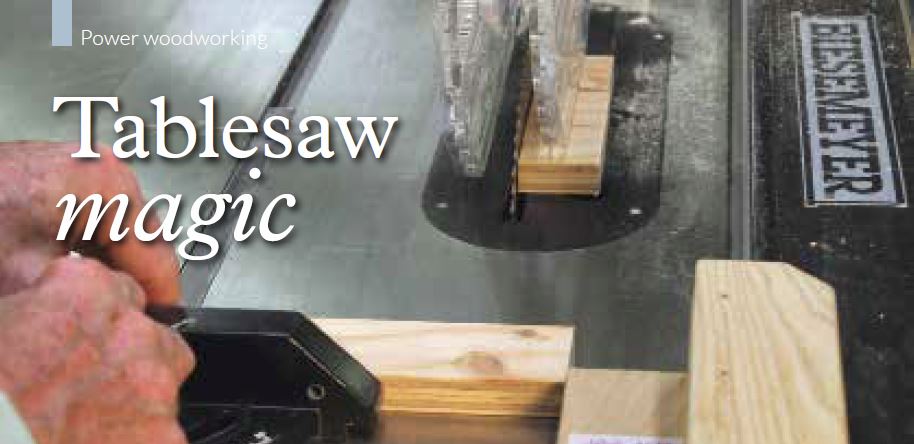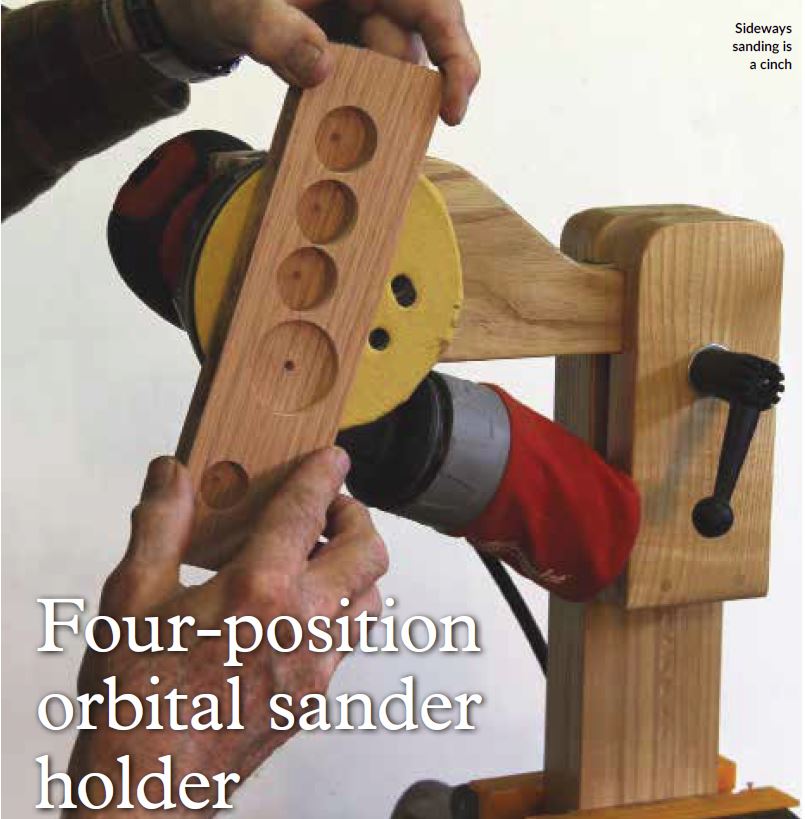Turn-a-Pot Tool
I am sure those of us that garden a little have, from time to time, had the need for a couple of plant pots for starting a few seeds or some special little seedling. This handy little tool is perfect for that. It is not only quick and easy to use, but it makes the biodegradable seed starter pots totally from recycled newspaper. They are molded to shape with a turned handpress easily made from recycled building materials. This is recycling at its best, because it really works!
Click below to download the full article in PDF format:



